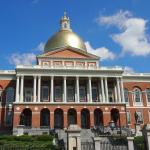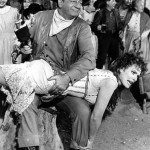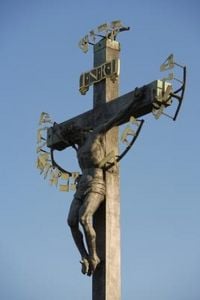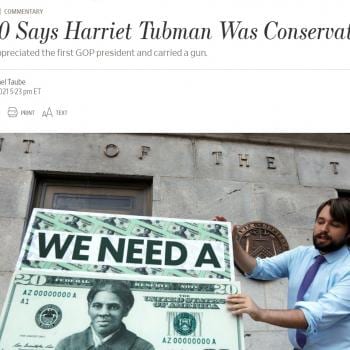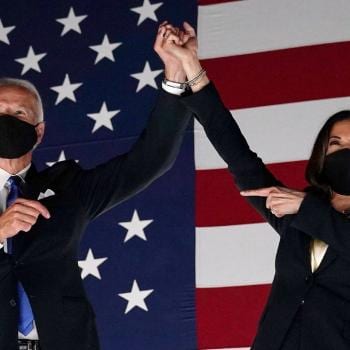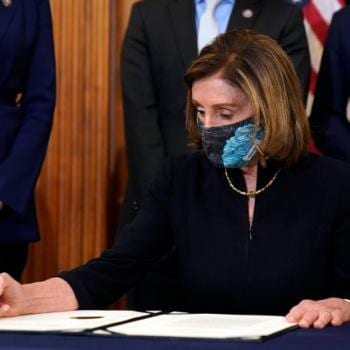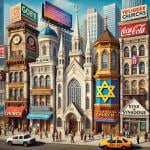Do you remember that quiz that was wildly popular on Facebook a few years ago—the one that asked questions to determine whether you lived in a bubble? While reading a recent article by activist and author Rebecca Solnit, I learned that that quiz was authored by Charles Murray, coauthor of the infamous 1994 book Bell Curve. In that widely criticized book, Murray wrote that black people were less intelligent than white people, based on IQ tests.
Here, for example, is a line from the book: “Latino and black immigrants are, at least in the short run, putting some downward pressure on the distribution of intelligence.”
Yeah. That kind of book.
In fact, the book argued—I kid you not—that the state should abolish welfare, because “for women near the poverty line in most countries in the contemporary West, a baby is either free or even profitable, depending on the specific terms of the welfare system in her country,” and the result is that she has babies to access this benefit, thus passing on her low IQ.
Here is another quote from the book.
“The professional consensus is that the United States has experienced dysgenic [“exerting a detrimental effect on later generations through the inheritance of undesirable characteristics”] pressures throughout either most of the century (the optimists) or all of the century (the pessimists). Women of all races and ethnic groups follow this pattern in similar fashion. There is some evidence that blacks and Latinos are experiencing even more severe dysgenic pressures than whites, which could lead to further divergence between whites and other groups in future generations.”
I wish I were making this up.
Did you know that that viral quiz was written by this guy? I know I didn’t.
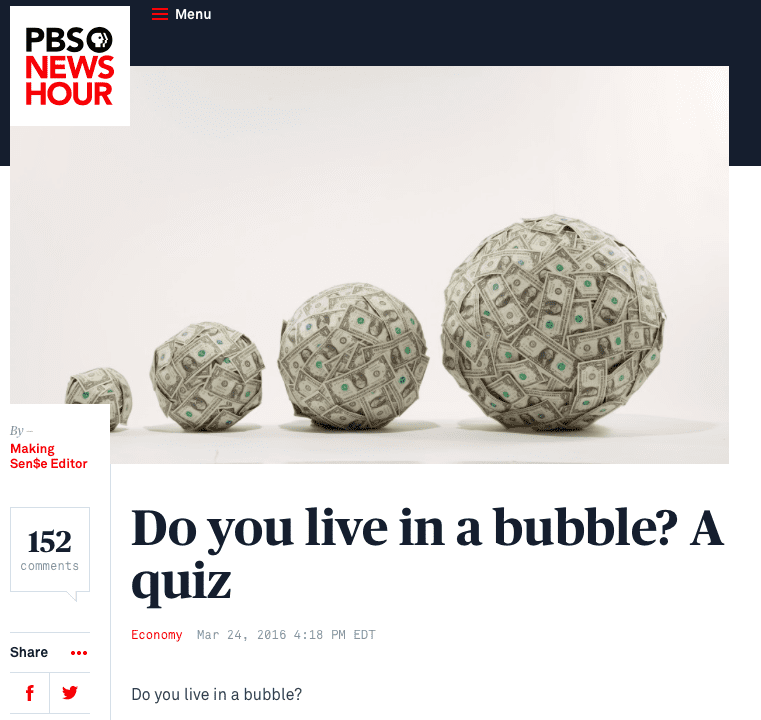
Yeah, that quiz—the one in the image above. You probably remember it. I took it. All of my friends took it. I criticized it even then—it seemed to suggest that bubbles went only one way, for one thing—but I never thought to ask who had written it.
In her article—in which she argues that America does not belong any more to the white working class than it does to other groups—Rebecca Solnit writes of PBS’ mishandling of transparency vis a vis the quiz’s author:
PBS added a little note at the end of the bubble quiz, “The introduction has been edited to clarify Charles Murray’s expertise, which focuses on white American culture.” They don’t mention that he’s the author of the notorious Bell Curve or explain why someone widely considered racist was welcomed onto a publicly funded program. Perhaps the actual problem is that white Christian suburban, small-town, and rural America includes too many people who want to live in a bubble and think they’re entitled to, and that all of us who are not like them are menaces and intrusions who needs to be cleared out of the way.
She’s not wrong. I grew up in a rural area. Today, I live in a city. When my relatives come in to visit, they’re unfamiliar with many aspects of the urban culture I now inhabit. Our country is replete with bubbles, because it is not homogenous. City dwellers no more live in bubbles than country dwellers; liberals no more than conservatives.
Here is the quiz’s new, updated introduction, by the way:
There exists a new upper class that’s completely disconnected from the average white American and American culture at large, argues Charles Murray, a libertarian political scientist and author.
Sorry, but I’m still not satisfied. How did white working class culture become “American culture at large”? And if that is the argument, why did the quiz not include questions that included life in the city, or life in immigrant communities, or in other communities of color? Are those individuals also not part of “American culture at large”?
Would you like to see the original introduction, before they changed it based on the criticism they received? Of course you would:
There exists a new upper class that’s completely disconnected from the average American and American culture at large, argues Charles Murray, a libertarian political scientist and author.
It would seem that “the average American” has the same meaning as “the average white American,” and that “the average American” means “the average rural or small town working class American.” How did this slip through, especially given that the quiz was written by Charles Murray? Who at PBS was this sloppy, in early 2016?
In her article, Solnit notes that:
The quiz is essentially about whether you are in touch with working-class small-town white Christian America, as though everyone who’s not Joe the Plumber is Maurice the Elitist. We should know them, the logic goes; they do not need to know us. Less than 20 percent of Americans are white evangelicals, only slightly more than are Latino. Most Americans are urban. The quiz delivers, yet again, the message that the 80 percent of us who live in urban areas are not America, treats non-Protestant (including the quarter of this country that is Catholic) and non-white people as not America, treats many kinds of underpaid working people (salespeople, service workers, farmworkers) who are not male industrial workers as not America. More Americans work in museums than work in coal, but coalminers are treated as sacred beings owed huge subsidies and the sacrifice of the climate, and museum workers—well, no one is talking about their jobs as a totem of our national identity.
Coming as it did in the midst of the 2016 primary, with the rise of Donald Trump and his portrayal of the white working class as benighted and under attack by elites, people of color, and immigrants, this survey can’t help but feel intentional. It was written by a white supremacist but passed off as scientific and unbiased, and it purported to show that everyone who was not a member of the white rural or small town working class was somehow out of touch with America.
Shades of something far darker.
I have a Patreon! Please support my writing!


